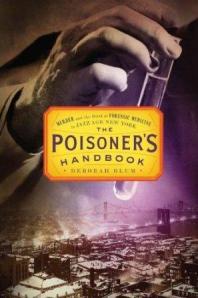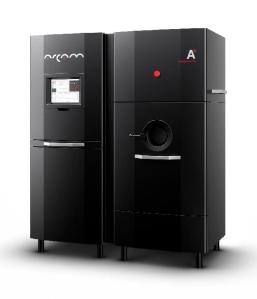 I have to admit I felt a little weird about leaving this book lying out on my kitchen table.
I have to admit I felt a little weird about leaving this book lying out on my kitchen table.
The Poisoner’s Handbook by Deborah Blum isn’t a how-to guide (no, honestly). Rather, it’s an investigation into one of the most toxic eras of U.S. history: the 1920’s. It follows the story of Charles Norris, the first chief medical examiner of New York City as he investigates case after case of people killed by common household products.
Each chapter focuses on one particular poisonous substance and is organized like a murder mystery, which I thought was a great decision. The suspense of trying to figure out whodunit by the end of the chapter causes you to forget that this book is a work of nonfiction and everything in it actually happened. It’s horrifying to read about what people were exposed to in an era when the FDA was little more than a joke and we didn’t know much about toxicology. We used to fumigate houses with cyanide gas and burn pure carbon monoxide as a lamp fuel. That’s pretty bad, but how about arsenic in makeup? That still doesn’t take the cake. Radium, the stuff that’s so radioactive that it glows blue in the dark, was in people’s health tonics. There were as many cases of accidental poisonings in this book as there were murders.
Throughout the book, Norris and his chief toxicologist Alexander Gettler use science to tease out what happened to the bodies that show up in their morgue. Their evidence helps to catch several murderers, and even more gratifying to read about, they clear the name of people who didn’t do it. If you’ve got a morbid streak, or even if you’re just curious about the history of science, I recommend it.





